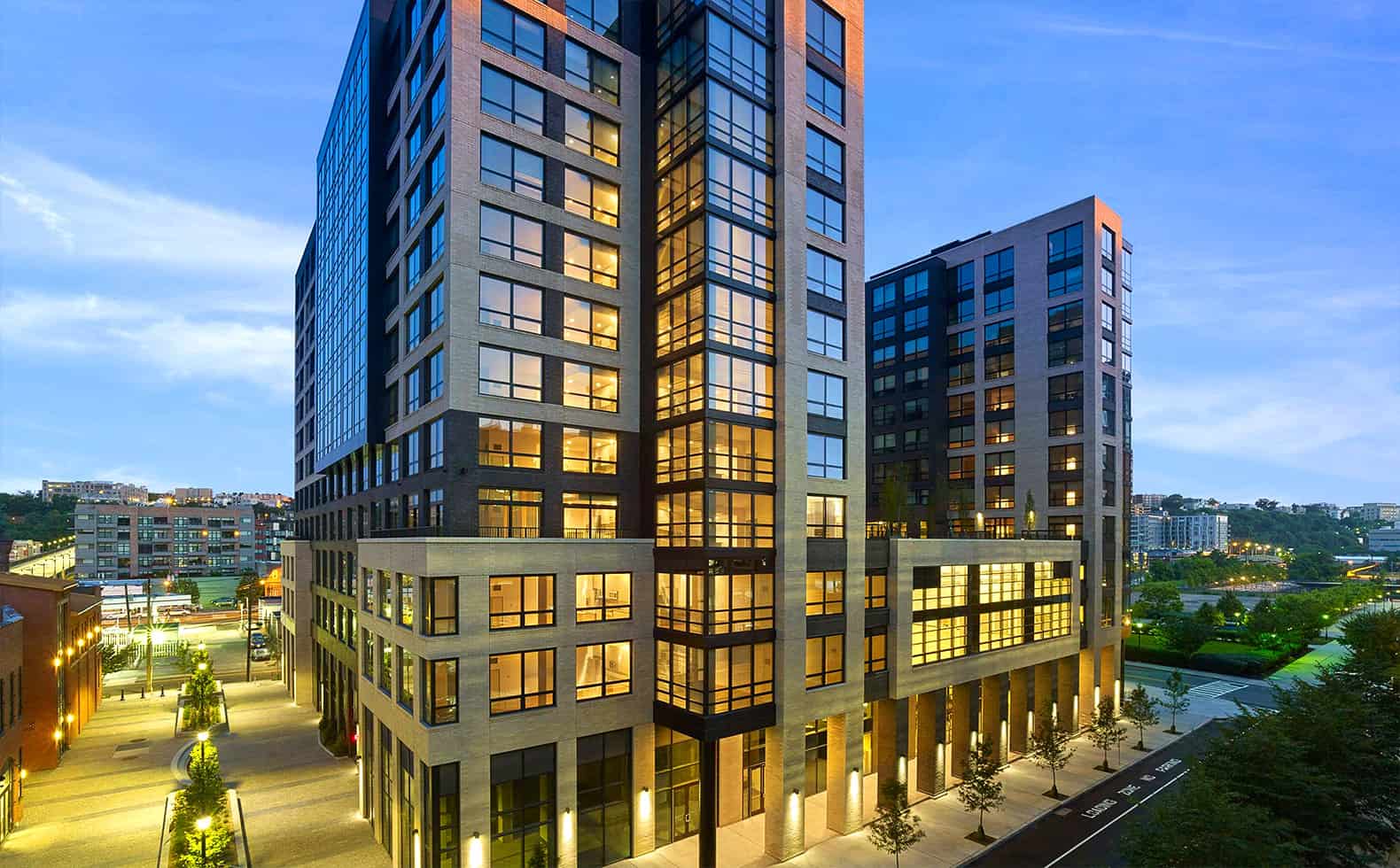Multifamily Remains Strong Investment

Strong Multifamily Fundamentals Pre-Coronavirus Provide Sturdy Framework
Multifamily housing performed exceptionally well over the course of this cycle, driven by the affordability of renting an apartment relative to owning a single-family house, and the younger generations’ preference for leases and added amenities. Over the past few years, workforce rentals became increasingly undersupplied, as vacancy was near 20-year lows ending 2019. Among the three segments, Class C vacancy contracted by the greatest margin since 2009’s peak, dropping 570 basis points into the mid-3 percent range. Class B vacancy followed closely behind, dropping 330 basis points since the Great Recession peak into the low-4 percent area as of the beginning of this year. Tightening conditions have supported the need for rapid inventory growth; however, rising construction costs have led builders to construct more Class A units, which has not provided much relief for the budget-friendly rental segment. Despite the elevated construction of luxury apartments over the past decade, Class A vacancy has also dipped 230 basis points since 2009 into the 5 percent range, demonstrating a robust demand for multifamily housing.
Owners Acclimate to Changing Conditions; Long-Term Outlook Strong
Multifamily owners will have to overcome hurdles. In the short term, finances will have to be closely watched and managed, as a reduction in rental income is entirely possible, while expenses may rise concurrently. The extra costs to maintain clean common areas through increased labor and sanitation, as well as the likelihood for more maintenance expenses linked to wear and tear as residents spend more time than usual in their apartments will be hurdles. Additionally, owners of newly built apartments will find it more difficult to fill units, as less people are moving around and actively searching for residences. A longer-term headwind could be the slowdown of household creation amid more people moving back in with their families or seeking roommates due to financial burdens. These challenges will dissolve once the economy is returned to full functionality and the health crisis is over, but with no clear timetable it is important for owners to be cognizant of the obstacles they will face.
The underlying trends that have supported apartments throughout this cycle continue to be in place and will sustain robust demand for rentals in the long term. One of the fundamental principles driving multifamily housing is that people will always need a place to live. The global pandemic will not push prospective renters toward single-family housing as an alternative as the rent to home payment gap remains significant.
Source: milehighcre.com















 Accessibility
Accessibility